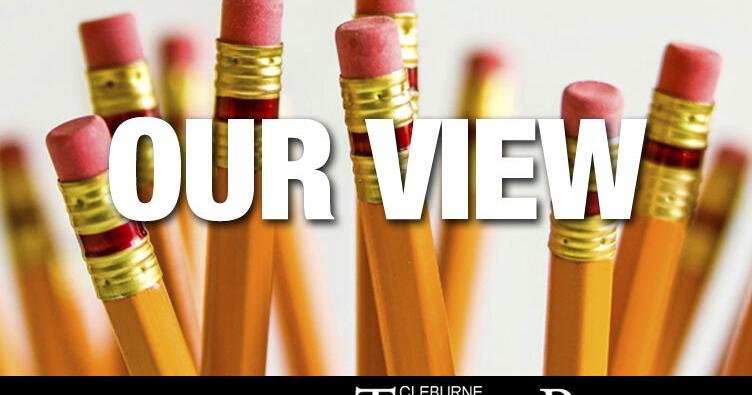Guest View: The Pernicious Spread of Disinformation on Social Media
In our increasingly interconnected world, social media platforms have become ubiquitous tools for communication, information dissemination, and social interaction. While these platforms offer undeniable benefits, connecting individuals across geographical boundaries and facilitating the rapid exchange of ideas, they also harbor a darker side: the proliferation of disinformation. Disinformation, defined as deliberately false or misleading information spread with the intent to deceive, poses a significant threat to the fabric of our society, eroding trust in institutions, fueling social division, and potentially inciting violence. Combating this insidious phenomenon requires a multifaceted approach involving individual responsibility, platform accountability, and media literacy education.
The ease with which disinformation can be created and disseminated on social media is alarming. Unlike traditional media outlets, which generally adhere to journalistic standards and fact-checking processes, social media platforms allow virtually anyone to publish content, regardless of its veracity. This open architecture, while promoting free speech, also creates an environment ripe for the spread of falsehoods. Malicious actors, ranging from foreign governments seeking to interfere in elections to individuals seeking personal gain or notoriety, exploit this vulnerability by crafting and distributing disinformation campaigns tailored to resonate with specific audiences. These campaigns often employ sophisticated tactics, such as the use of bots and fake accounts, to amplify their reach and create an illusion of widespread support for their narratives.
The consequences of disinformation can be far-reaching and devastating. False or misleading information about public health crises, like the COVID-19 pandemic, can lead to vaccine hesitancy and undermine public health efforts. Similarly, disinformation about political candidates and elections can erode trust in democratic processes and influence voting behavior. Furthermore, the spread of conspiracy theories and hate speech can fuel social unrest and violence, as evidenced by the rise of extremist groups and the proliferation of hate crimes. The insidious nature of disinformation lies in its ability to exploit existing biases and prejudices, confirming pre-existing beliefs and fostering a sense of distrust towards credible sources of information.
Addressing the challenge of disinformation requires a collective effort. Individuals have a responsibility to be critical consumers of information, questioning the source of information and verifying its accuracy before sharing it with others. This involves developing media literacy skills, including the ability to identify different types of information, evaluate sources, and recognize manipulative tactics. Social media users should also be wary of emotionally charged content and avoid sharing information that seems too good to be true. Furthermore, engaging in respectful dialogue and challenging misinformation when encountered, albeit with caution and sensitivity, can help prevent its further spread.
Social media platforms also bear a significant responsibility in combating disinformation. While these platforms have taken some steps to address the issue, such as fact-checking initiatives and the removal of harmful content, more needs to be done. Platforms should invest in more robust content moderation systems, including human review and artificial intelligence, to identify and remove disinformation quickly and effectively. They should also increase transparency by disclosing the sources of information and identifying bots and fake accounts. Furthermore, platforms should provide users with tools to report disinformation and empower them to take control of their information feeds.
Finally, media literacy education plays a crucial role in equipping individuals with the skills necessary to navigate the complex information landscape. Incorporating media literacy into school curricula and promoting public awareness campaigns can help individuals develop critical thinking skills and become discerning consumers of information. This includes teaching individuals how to evaluate sources, identify bias, and recognize disinformation tactics. By empowering individuals with the ability to distinguish between credible information and disinformation, we can collectively strengthen our resilience against this pervasive threat and foster a more informed and responsible online environment. The fight against disinformation is not a sprint but a marathon, requiring ongoing vigilance and adaptation to ever-evolving tactics. However, by working together – individuals, platforms, and educators – we can create a more robust information ecosystem and protect ourselves from the harmful effects of disinformation. The stakes are high, but the potential rewards – a more informed, engaged, and resilient society – are well worth the effort.


